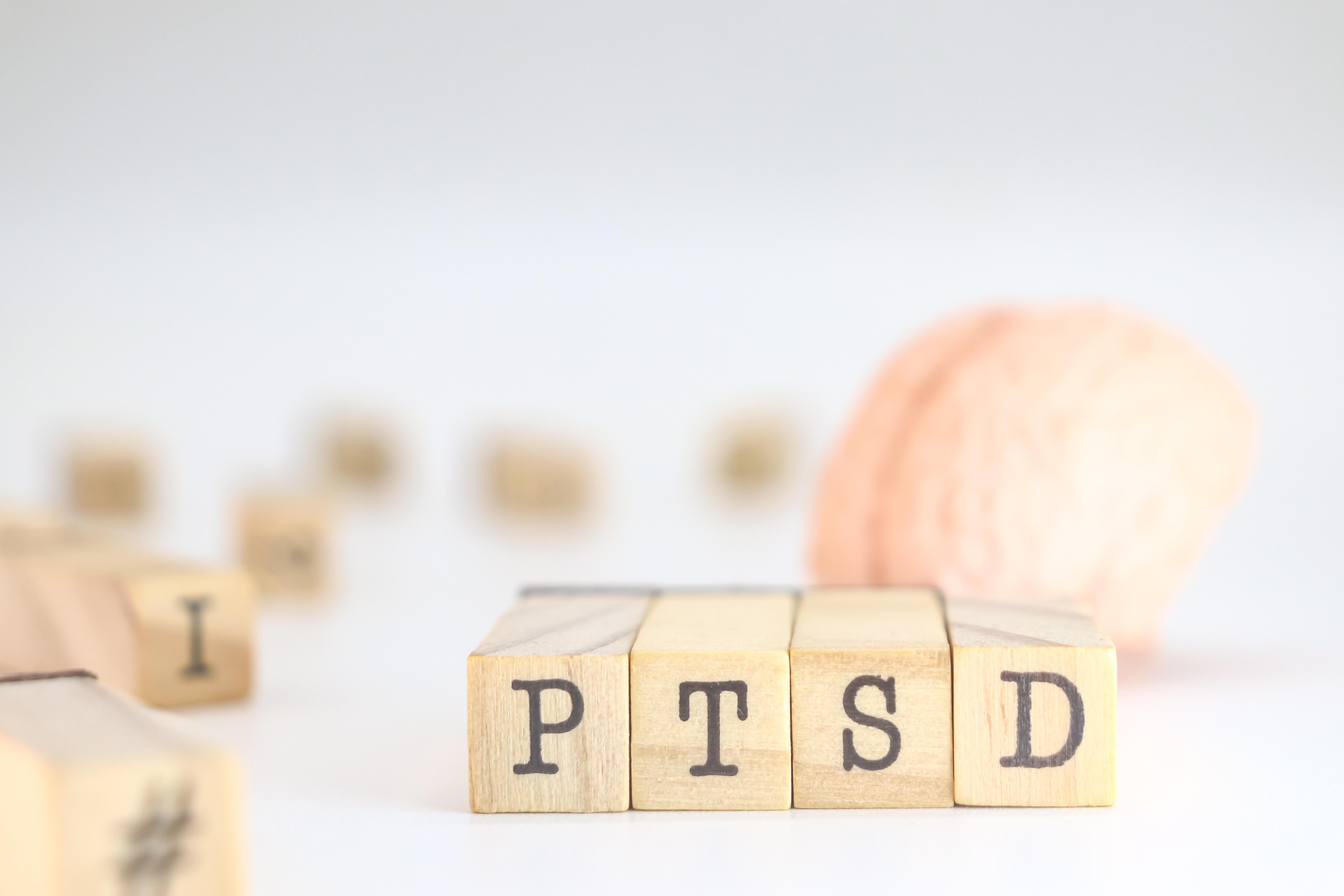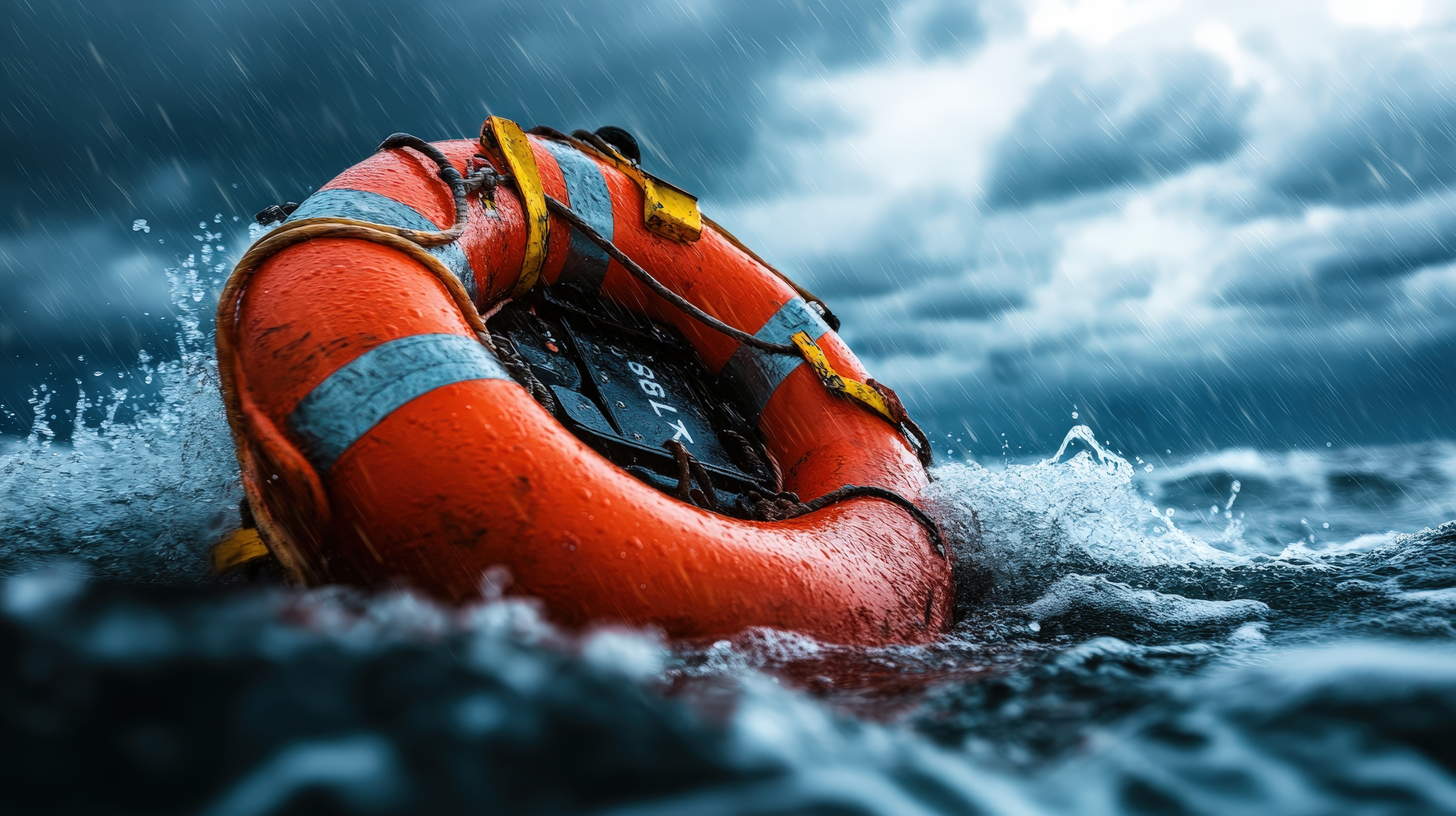Seafarers, who are often exposed to adverse working conditions with multiple stressors, are a population at acute risk of panic attacks.
The Club recently received a report o fa seafarer repatriated and diagnosed with panic disorder, insomnia (allegedly due to his work schedule) and depression.
He was treated accordingly, prescribed medication for his condition, and after a successful course of treatment, was found fit to return to work. Seafarers can experience high levels of stress in their job. Seafaring entails dangers that are not present in many other occupations, and seafarers often work under threat of injury, piracy and disease.
Stressors in seafarers can be personal or directly connected to work conditions. Personal stressors are referred to in terms of how satisfied the seafarer is with his or her work, and the self-perceptions associated with their work. Occupational stressors entail the specific adverse conditions and associated hazards, such as work being overly strenuous or repetitive, the physical risks associated with their post, their career prospects,
employment, compensation and the separation from their loved ones.
Accidents that result in injury, and the threat of piracy can also be traumatising for the individual seafarer, intensifying the anxiety and fear.
High levels of exposure to stressors can lead to panic attacks.Therefore, seafarers, as people who are exposed to adverse working conditions with multiple stressors, are a population at risk of panic attacks. A panic attack is a sudden surge of intense fear and discomfort that peaks within minutes, and involves combinations of the following symptoms.
Symptoms
- Palpitations, pounding heart or accelerated heart rate
- Sweating
- Trembling or shaking
- Shortness of breath or feeling smothered
- Feelings of choking
- Chest pain or discomfort
- Nausea or abdominal distress
- Feeling dizzy, light-headed or faint
- Having chills or feeling hot
- Numbness or tingling sensations
- Experiencing feelings of unreality or being detached from yourself (derealisation and depersonalisation)
- Fear of losing control
- Fear of dying
Not everyone who has panic attacks has Panic Disorder. For an individual to be diagnosed with Panic Disorder, they will experience the following: A recurrence of unexpected panic attacks, with at least one attack being accompanied by intense concern about experiencing another episode.
Or
Perceived effects of a panic attack such as a heart attack or loss of control accompanied by drastic changes in behaviour to avoid the onset of any attack, such as not going out or not exercising, within the time span of one month following the attack.
Characteristics
Panic Disorder occurs most commonly between the ages 20 and 45,with occurrence earlier and later than that being rare.The disorder is chronic if left untreated, and it waxes and wanes depending on the circumstances of the individual. Some people can go years without a panic attack while others can have a steady stream.
Full remission without treatment is possible but very rare.The main cause of fear in individuals suffering from the disorder is the physical symptoms associated with panic attacks and the fear of death resulting from one. Causes for Panic Disorder can be associated with temperament, particularly sensitivity, anxiety and neuroticism, as well as environmental causes, particularly specific stressors that are usually identified before the first panic attack occurs. As in many psychological disorders, there is also a genetic factor.
Seafarers are constantly exposed to stressors and many develop issues with anxiety, which means that Panic Disorder can occur, particularly in individuals with a genetic and temperamental predisposition for the condition. Seafarers affected by Panic Disorder can have a high degree of job fatigue or quit their jobs to avoid the stressors that onset their panic attacks, and their overall quality of life can be diminished
if they do not seek treatment. When looking at anxiety disorders, it is important to understand that not all the symptoms mentioned above need to be present to diagnose someone with an anxiety disorder.When examining the symptoms, the focus shouldn't be one-sided but on deviations from the norm. So, if you suspect that you or someone close to you may suffer from an anxiety disorder, don't look at the individual behaviours but, instead, look at what has changed.
Treatment
Panic Disorder is treated through therapy and medication. Pharmaceutical therapies for panic attacks focus on immediate relief and prevention. An issue with pharmaceutical therapies is that some of the medications can actually produce anxiety symptoms, so their use should always be monitored by a doctor.
The most effective treatment for anxiety disorders, including Panic Disorder, is Cognitive Behavioral Therapy (CBT). This involves identifying, challenging and replacing negative thoughts with realistic ones, recognising symptoms, learning coping skills and confronting fears.CBT can teach individuals suffering from Panic Disorder to deal with their attacks by helping them recognise what is happening to them and desensitising them from anxiety.
Helping seafarers
The steps that can be taken to ensure the wellbeing of seafarers dealing with Panic Disorder are the same steps used to deal with anxiety. For example, improving job security and spending less time away from their families can reduce the anxiety and stressors that may result in panic attacks. Careful consideration of working hours to ensure adequate rest; improving working conditions to maximise safety and reduce occurrence of accidents; more accessible first aid can help improve both the physical and psychological wellbeing of seafarers, including the prevention of panic attacks. Self-help for seafarers Panic attacks can be prevented by the seafarer onboard using relaxation techniques, practicing mindfulness, meditation, exercising, sleeping and eating well, and also avoiding stimulants such as nicotine and caffeine.
This advice was compiled with the help of our psychological and psychometric screening
partners I.M.E.Q.You can watch their
mental health video library at: https://www.imeq-magazine.com




